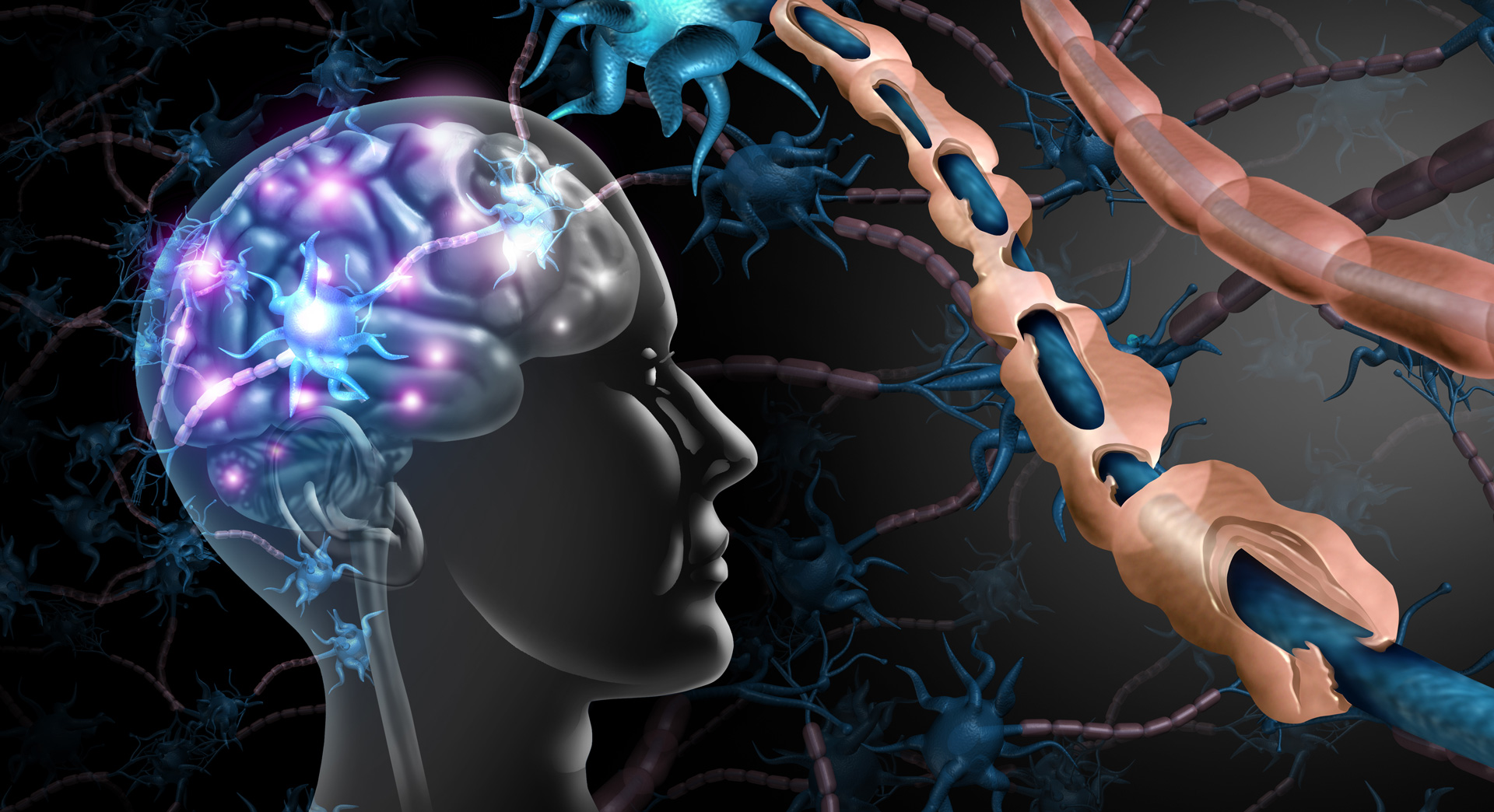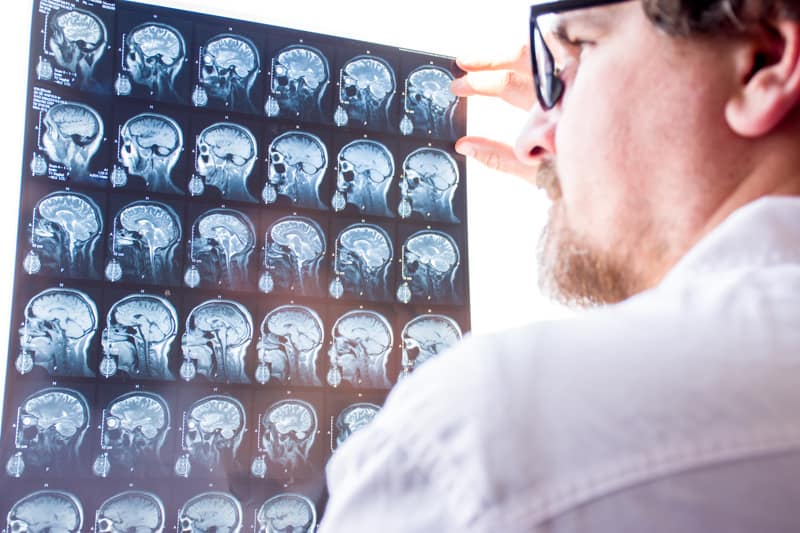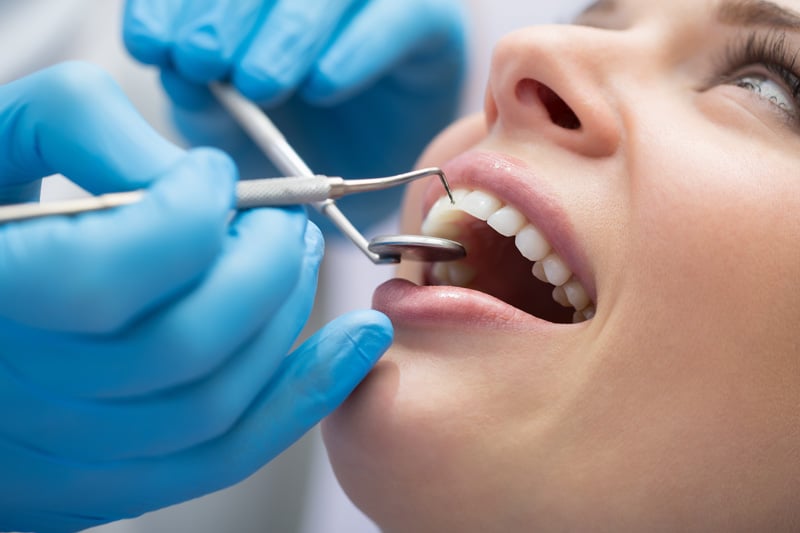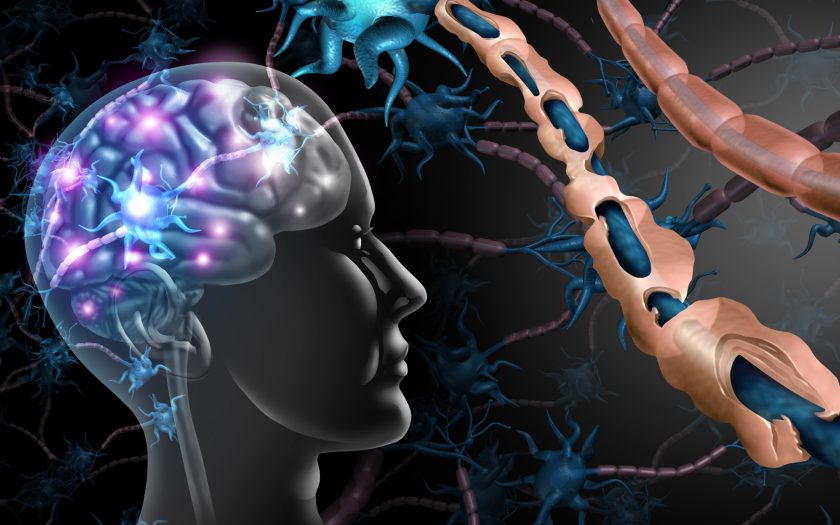Multiple sclerosis and oral health
Multiple sclerosis is the most common autoimmune disease of the nervous system. In multiple sclerosis, progressive degenerative disorders occur in the central nervous system including the brain, spinal cord, and optic nerve. These are neurological disorders caused by chronic demyelination of the corticospinal tract of neurons in two or more regions of the brain. Simply put, there are numerous inflammatory areas on the myelin sheath that envelop and separate the nerves from the environment in the body.
In inflamed areas, sclerosis and hardening of the tissues occur, as well as the formation of scars that make it difficult or impossible to communicate normally within the central nervous system. Demyelinated areas are limited to the white matter of the central nervous system, and are sporadically distributed. The peripheral nervous system is not affected by pathological changes.
Multiple sclerosis is most common in developed countries in Europe, Canada, and the United States, and its incidence has been increasing over the past hundred years. It is estimated that there are about 380,000 affected people in the United States. In Great Britain, the prevalence of the disease is 1: 1000, and it is estimated that there are at least 4000 patients in Croatia. The disease most often occurs between the ages of 15 and 50, and is twice as common in women as in men. Some studies report that a dentist who has about 2,000 patients has at least three patients with multiple sclerosis.

The cause of the disease is still unknown. It is believed that the inflammatory autoimmune response of the organism that causes demyelination can be caused by both environmental and genetic factors. Certain neurotropic viruses found in inflamed areas in combination with a genetic predisposition can cause disease. Some researchers believe, although there is still no clear and unequivocal scientific confirmation that mercury from amalgam fillings on teeth can contribute to the appearance and development of multiple sclerosis.

In the clinical picture of multiple sclerosis, numerous neurological disorders appear in various combinations.
The first symptoms that can appear in early adulthood vary depending on which area is first affected – motor or sensory. The most common manifestations are: optic neuritis with vision loss; lesions on the spinal cord that cause weakness and severe mobility of the arms and legs, and tremor; sphincter control disorder; spastic paresis of skeletal muscles; brain lesions lead to dizziness and ataxia, difficulty maintaining balance, speech disturbances, eye movement disorders such as nystagmus and ophthalmoplegia, easy and rapid fatigue, and disturbances in the sensation of heat, touch, and pain. Symptoms may be exacerbated by increased heat (hot baths, sun exposure, etc.) and dehydration. Continuous muscle atrophy progressively reduces the mobility of the organism, which can lead to the need for a wheelchair or even complete immobility and attachment to the bed. Patients with multiple sclerosis are thought to typically experience about 80% of normal life expectancy.
Diagnosis of multiple sclerosis it is set on the basis of McDonald’s criteria that take into account objective indicators of dissemination of demyelinated areas. In addition, various clinical diagnostic tests (CSF, sensory evoked potential, etc.) and magnetic resonance imaging, which can be used to detect demyelinated areas, are performed.
In patients with multiple sclerosis, treatment is with intravenous or oral corticosteroids, beta-interferon 1a or beta-interferon 1b. The use of interferon reduces the progression of the disease. In addition to these drugs, other drugs are used to alleviate the complications caused by multiple sclerosis.
The dentist can play an important role in referring patients who are suspected of having multiple sclerosis to a doctor or neurologist. Namely, abnormal pain in the facial area that may resemble trigeminal neuralgia, numbness of the limbs, visual disturbances, and muscle weakness that a patient may complain of to their dentist may be among the first warning signs of multiple sclerosis.
Oral health of people with multiple sclerosis
Difficulties with muscle control in people with multiple sclerosis can make it very difficult to perform oral hygiene. Swallowing problems can make it worse. Brushing your teeth over time becomes a difficult, if not impossible task, so the sick person needs the help of family members around maintaining oral hygiene. Electric toothbrushes with a wide grip can help. Poor oral hygiene leads to increased accumulation of dental plaque and the appearance of caries. The increased incidence of caries is further aided by decreased salivation and dry mouth. As people with multiple sclerosis do not tolerate long-term dental procedures, it is desirable to repair all suspicious lesions on the teeth in the initial phase, when the procedures can be performed relatively easily and quickly.
To make this possible, the affected person should visit the dentist regularly who will also regularly examine the oral cavity.
Multiple sclerosis can cause a feeling of pain in a particular tooth. This leads to the patient seeking the help of a dentist in the treatment of a tooth that can be clinically healthy. This feeling of toothache in a clinically healthy tooth is caused by trigeminal nerve neuralgia and is probably the most painful symptom of multiple sclerosis. The sensation appears in the lower part of the face, and the pain is usually intense and sharp. Fortunately, this symptom is present in only 4% of patients.
Medications taken by a patient with multiple sclerosis can have certain side effects that can manifest in the oral cavity such as inflammation of the lips (cheilitis), inflammation of the gums (gingivitis), dry mouth (xerostomia), fungal inflammation of the oral mucosa (candidiasis), impaired taste , gingival hyperplasia. With long-term immunosuppressive therapy, the risk of developing lymphoma and squamous cell carcinoma may increase. A visit to an oral medicine specialist can help alleviate some of these symptoms.

Dental treatment of people with multiple sclerosis
A patient who comes to a dentist for the first time or to his dentist with whom he has not been for a long time is obliged to inform the dentist about his general health condition and warn him of any health problems, as well as the medications he is taking. Dental treatment of people with multiple sclerosis should be planned in the morning when the patients are most rested. In addition, treatments should be short and effective with as little stress as possible. If the treatment is scheduled to last about 30 minutes, a break of 5 to 10 minutes should be taken during that time so that the sick person has a chance to rest.
In patients with multiple sclerosis, the production of dentures is not recommended because due to muscle spasm, their wearing and use can be extremely difficult and uncomfortable for the patient. If necessary and possible, the production of fixed prosthetic replacements is recommended.
The dentist should carefully plan more extensive dental procedures in patients taking interferons, corticosteroids, or immunosuppressants. Namely, interferon and immunosuppressants can cause anemia and neutropenia, so there may be a need for preventive prescribing of antibiotics if any oral surgery is imminent. In addition, multiple sclerosis medications can cause thrombocytopenia, which can increase the risk of postoperative bleeding. In order to avoid unforeseen situations caused by drug side effects, it is advisable to perform a complete blood count before more extensive invasive dental procedures.
Medications that a dentist can prescribe to his patient may interact with multiple sclerosis medications. This is especially true for acetylsalicylic acid, nonsteroidal anti-inflammatory drugs, paracetamol, narcotic analgesics, and erythromycin. Acetylsalicylic acid and nonsteroidal anti-inflammatory drugs in combination with methotrexate may increase its cytotoxicity. Prescribing acetylsalicylic acid or nonsteroidal anti-inflammatory drugs is not recommended for patients taking corticosteroids or immunosuppressants as this may increase pre-existing gastrointestinal difficulties. Narcotic analgesics in combination with drugs against multiple sclerosis can lead to depression of the central nervous system, while erythromycin slows their excretion from the body and thus increases their toxicity.
Conclusion
Multiple sclerosis is the most common autoimmune disease of the nervous system whose cause is still unknown. The disease itself, as well as the medications the patient takes, affect the health of the oral cavity. The dentist should always make sure that patients with multiple sclerosis get tired easily, so dental procedures should be planned in the morning when patients are most rested and ready for the procedure, which is recommended to be relatively short.
source: mayoclinic
